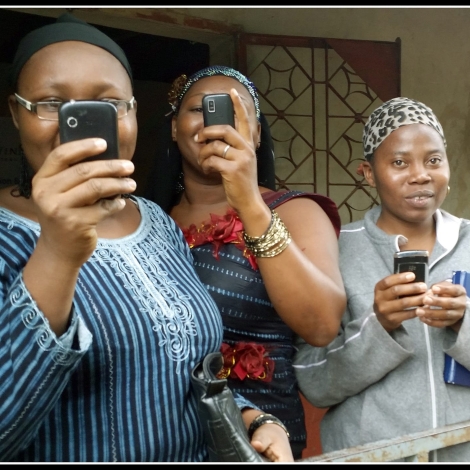Smartphone penetration is exponential in Africa, but that doesn’t mean every nonprofit should create an application. Having worked at both a Fortune 500 Technology Company and in the nonprofit sector, I’m continually surprised by how often the latter desires to build and manage their own technology to solve data collection problems instead of using what is already out there. This distracts from the nonprofit’s core competencies simply for the sake of being “innovative.” In my view, nonprofits should use technology to become more efficient instead of trying to do everything themselves.
Here is a common scenario: A nonprofit has a problem that they want to solve by creating a new app or technology. A foundation is attracted to the idea of solving the problem with technology and provides the nonprofit with the resources to do it. The nonprofit is not specialized in technology development, has no software engineers or product managers on staff, and yet they are able to win a grant to design and build a technical solution from scratch.
So now that they have the funds, what do they do? They seek out vendors, technical design studios, freelance software engineers who can promise they can build the promised technology in less than three months. But it’s not just three months, it ends up taking a year. Now, with the technology in hand, the nonprofit still has to answer these questions, and they can’t simply outsource the answers.
- What is the lifecycle development analysis on the product build?
- How will they assure quality and keep track of bugs within the different versions?
- Who is prioritizing what features are to be built in what order?
- How are they deciding whether the product meets quality standards for adoption?
- Who will support the engineers on making those detailed decisions?
- What is the nonprofit’s strategy for adopting the technology once it’s ready for implementation?
- Who will onboard users, teach them the technology and make it easy to use?
Unless the nonprofit is specifically focused on a technical solution with its core mission centered around the product, typically such projects fall by the wayside. Timelines are rarely met, easily extending a year beyond promised deadlines. By the time the donor report arrives on the product, the nonprofit is scrambling to ask for more time and resources to implement its creation. Grant funding, however, does not last forever. Is there a commercial application for the technology? Does the nonprofit then have the skills around sales, marketing, and customer acquisition to create a revenue stream around the technology? Perhaps it would have been more efficient for the nonprofit to have simply used and paid for an existing app that could solve this problem and integrate it for their beneficiaries rather than building it from scratch.
My nonprofit, ENVenture, took on the burden of creating new technology to meet our needs. We answered the questions above by spinning off our technology division to create a new for-profit company called ENVision mobile. That was the route we took, and that may be the answer for others. But there may be another way nonprofits who struggle with data collection around the point of sale for retail microenterprises: they can employ ENVision Mobile directly.
ENVision mobile offers an inexpensive solution compared to building out apps and dashboards in-house. The team at ENVision are experts at enabling organizations to become more efficient in using technology, with decades of experience in product and software engineering for emerging markets. Those skills are necessary in managing technology projects and we are excited to help organizations take more control of their data through offering attractive pricing and management of a technology that is difficult to create and maintain in house.
For more, please see envisionmobile.co.
A version of this article was published at Medium: How Nonprofits Should Use Technology to Become More Efficient

